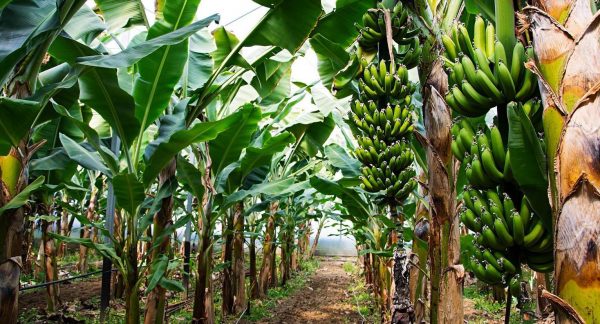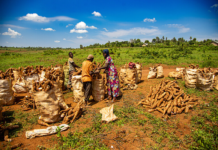Nqobile Bhebhe :Zimbabwe
WHEAT grows in Zimbabwe are gearing up for winter cropping season and project to increase the area under the crop to around 90 000ha from 70 000ha last year.
Although last year’s official yield figures are still to be availed by Government, projections where of more than 20 000 tonnes from about 10 000 tonnes in 2016.
Current estimates fall well below the 325 000 tonnes achieved in 2001 meaning the country will still bank on imports to cover the gap, Zimbabwe Wheat Board chairman, Mr Givemore Mesoemvura said.
The country requires between 400 000 tonnes and 450 000 tonnes of wheat annually.
In an update on winter cropping season preparations, Mesoemvura said “Stakeholders in wheat production are this year targeting to improve the winter wheat hectarage by at least 20 percent from 70 000ha last year to around 90 000ha with an average yield per ha of between 3.5 tonnes and four tonnes.”
“We are going to have a pre-planting winter wheat conference in the last two weeks of April to train the farmers on wheat farming so that Zimbabwe achieves self-sustenance,” he said as quoited by local media.
Wheat takes 140 days to reach maturity and the deadline for wheat planting in Zimbabwe is usually May 15 although it can be extended to May 31 under advice from agriculture extension officers and the Ministry of Agriculture.
Although some farmers have previously planted their crop in the second week of June, it should be noted that the crop risks being affected by early rains in October or November.
The country’s peak wheat production occurred during the 1990s but output has been declining in recent years as a result of frequent droughts and land resettlement exercise, which displaced many productive farmers.
In 1990, 1999 and 2001, annual wheat production reached 325 000, 342 000 tonnes and 325 000 tonnes respectively.
Experts say if Zimbabwe ups production to more than 200 000 tonnes, it will cut the annual import bill for the cereal by $70 million.
Every year, the country averagely spends $100 million on flour imports. Public-private partnerships have become successful models to finance agriculture.
Government buys wheat from farmers at $500 per tonne, while private buyers offer between $360 to $380 per tonne.
On average, it costs $1 500 to plant one hectare of wheat in Zimbabwe while according to the United States Department of Agriculture research the average cost of production per hectare is about $790 .








